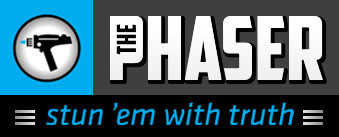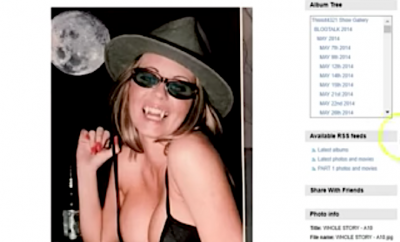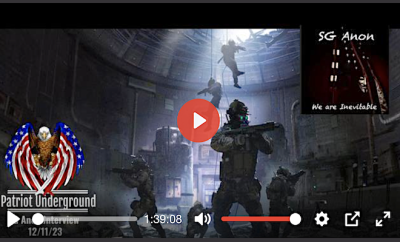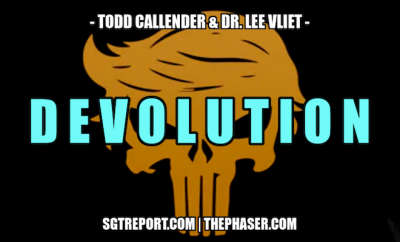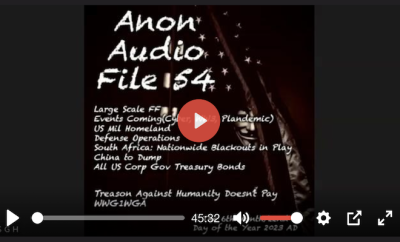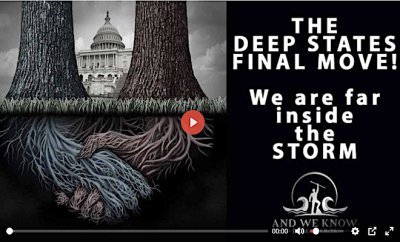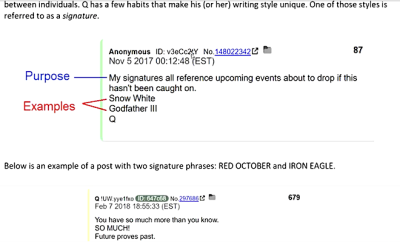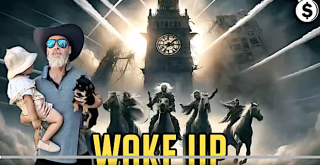Featured
Jesus’ Crucifixion Site & Tomb?
from pmdhd:
VIDEO: Jesus’ Crucifixion Site & Tomb? (A ‘Skull’, Garden & Tomb)
…a location near the Old City of Jerusalem matches the biblical description of Jesus’ crucifixion site and tomb with remarkable accuracy. (Below are detailed notes showing how the featured location corresponds with the New Testament’s description of the crucifixion and burial site…)
1) The New Testament says that Jesus was crucified “outside the gate”…”near the city” [Hebrews 13:12; John 19:20]. The featured site is located immediately north of the Old City of Jerusalem.
2) The gospel writers reported that Jesus was crucified at “the Place of a Skull”, known as ‘Golgotha’ in Hebrew, meaning ‘Skull’ [Matthew 27:33; Mark 15:22; Luke 23:33; John 19:17]. Near the Old City of Jerusalem, ‘cavaties’ in a rocky hillside align to form a vivid image of a skull.
3) The disciple John recorded that at the crucifixion site “there was a garden” [John 19:41]. In the same location as the skull image, evidence has been found of a sizable garden plot from antiquity:
a) Multiple ancient water cisterns, hewn out of the bedrock have been discovered. These would have stored a significant amount of water which could be used to maintain a garden.
b) A large ancient winepress was also uncovered which would have been used to press grapes grown in the garden. The garden was significant enough in size to apparently require a full-time gardener [John20:15].
4) John also wrote that at the crucifixion site, in the garden, there was “a new tomb” where Jesus was buried [John 19:41-42]. In the area of the water cisterns and winepress, a large ancient tomb has been found which matches numerous details from the New Testament about the tomb Jesus was buried in:
a) The disciple Matthew wrote that the tomb was “hewn out of the rock” [Matthew 27:60]. The tomb found at the featured site is hewn out of the limestone bedrock.
b) Matthew specified that it belonged to “a rich man from Arimathea, named Joseph” [Matthew 27:57-60]. The quality and size of the discovered rock-hewn tomb, as well as its location in a large garden near Jerusalem, confirm that its owner must have been wealthy.
c) It is also recorded that Joseph of Arimathea”rolled a large stone against the door of the tomb” after the body of Jesus was placed inside [Matthew 27:60]. Carved into the rock-floor along the outside of the tomb is a long channel (or ‘trough’), which would have enabled a large stone to be rolled in front of the doorway.
d) Matthew also wrote that shortly after Jesus’ burial, the authorities “made the tomb secure, sealing the stone” to prevent the body from being taken away [Matthew 27:66]. On the outside of the discovered tomb near the entrance, material containing iron has been found which possibly was nailed in to seal the stone in place.
e) Both John and Luke spoke of visitors to the tomb “stooping down” to look inside [Luke 24:12; John 20:5; John 20:11]. The entraceway found at the tomb is relatively low, making it necessary to ‘stoop down’ on the ledge to view inside.
f) The New Testament writers recorded that Jesus’ body was placed lying down in the tomb, such that after the resurrection two angels were seen sitting in the tomb… “one at the head and one at the feet, where the body of Jesus had lain” [John 20:12]. A carved-out ‘bed’ (long enough for a body to lie fully extended) is found inside the tomb, which is slightly elevated at one end, apparently acting as a ‘pillow’ for the head.
g) Mark recorded that after the resurrection someone clothed in white was seen “sitting on the right side” of the tomb [Mark 16:5]. Upon entering the discovered tomb, the open burial space is seen on the right-hand side.
h) John described the tomb as “a new tomb in which no one had yet been laid” [John 19:41]. There is evidence indicating that the tomb was ‘new’ at the time of Jesus’ burial: A second ‘bed’ is also inside the large tomb, which appears unfinished in comparisson with the other bed. A plausible explanation is as follows: It could be that Joseph of Arimathea was building the tomb for two people (perhaps for himself and his wife, as many husband and wife couples are buried together today). In the midst of construction when it was nearly completed, Joseph unexpectedly made use of the tomb to bury Jesus. After the burial and resurrection of Jesus, Joseph likely considered the tomb too sacred to be used for anyone else, and therefore never completed its construction; explaining why the construction of the second bed was never finished, and explaining how the tomb was recognized as ‘new’ at the time of Jesus’ burial.
